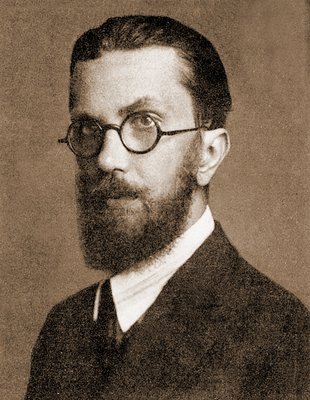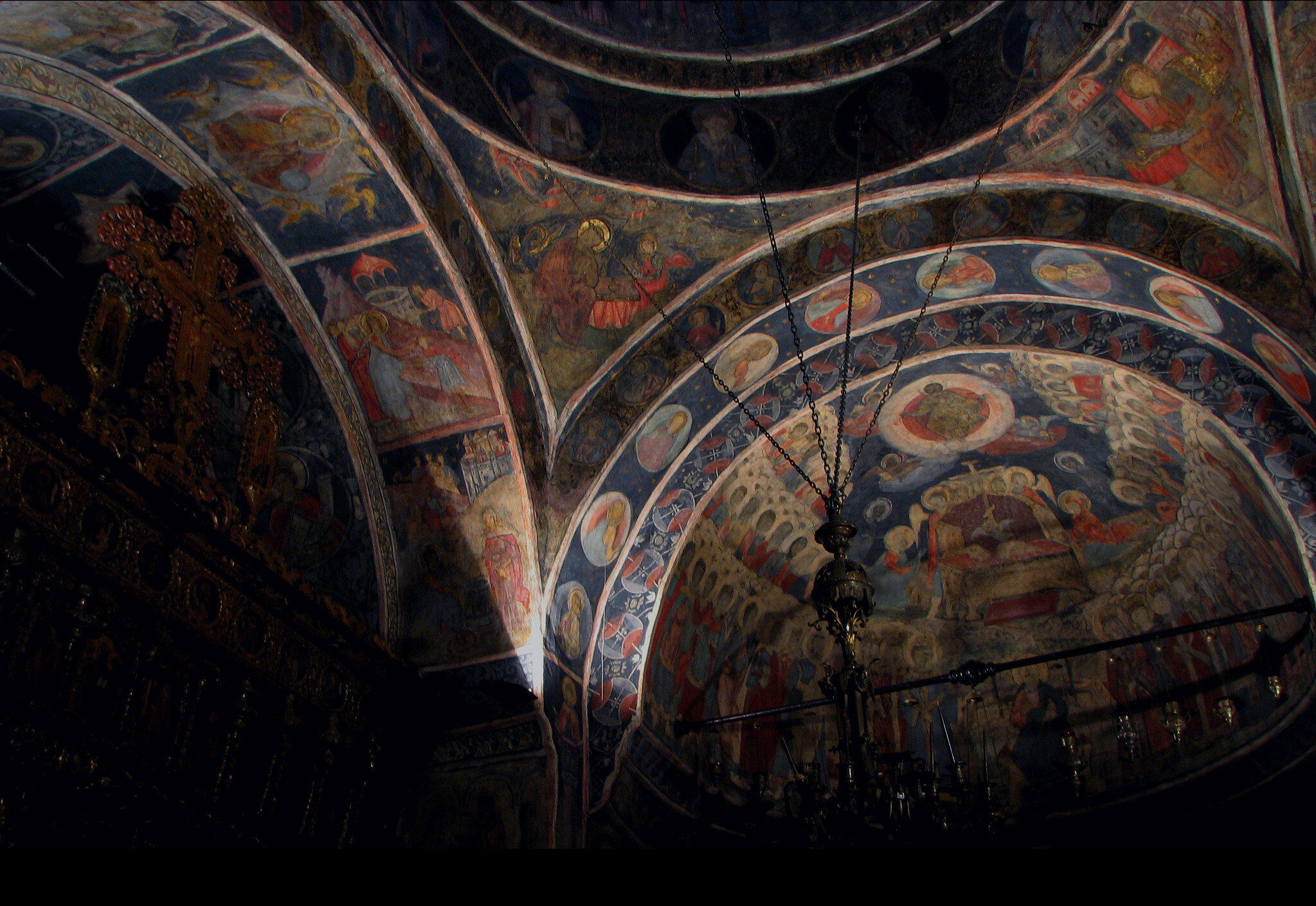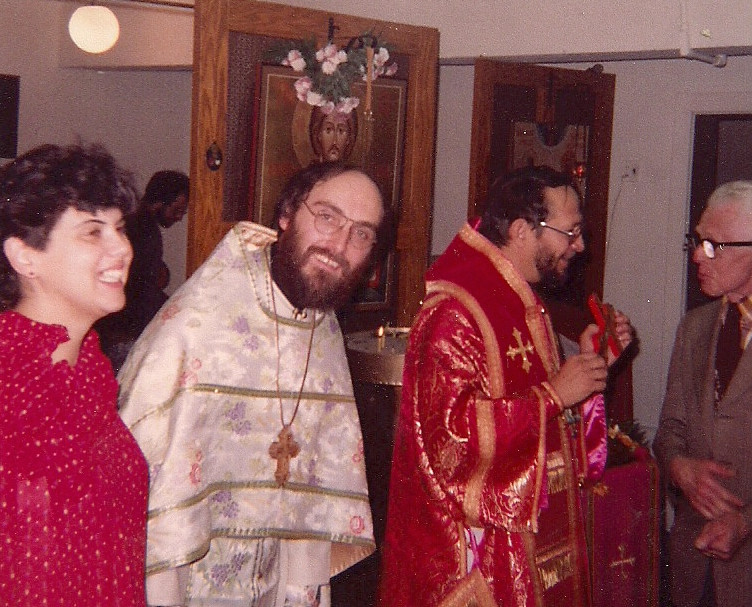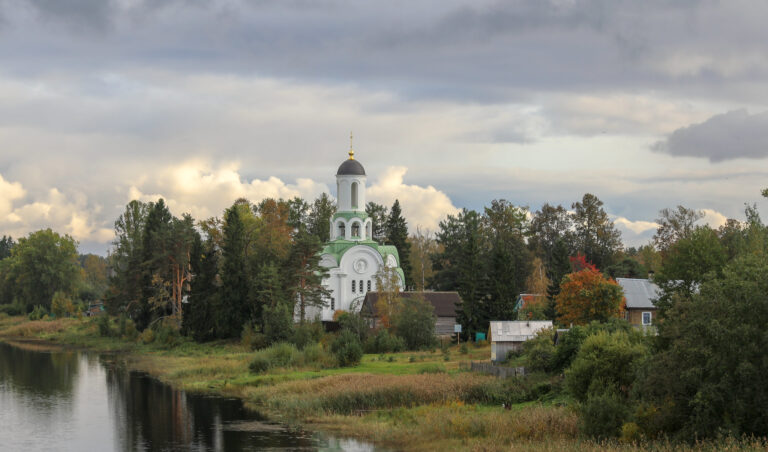
Fr. George Florovsky: Ecumenist?
Many Orthodox Christians reject ecumenism as a panheresy and those who participate in ecumenical activities as disloyal. This attitude, so sweeping as it is, would have to condemn Fr. George Florovsky, hardly, from anyone's perspective, disloyal to Orthodoxy. And yet he participated in many ecumenical activities, was a founder of the World Council of Churches, and felt it absolutely necessary for Orthodox to participate. What is lacking in the contemporary discussion is nuance. This article proposes Fr. George Florovsky as an Orthodox model for ecumenical activity: neither an "ecumaniac" nor a panheretic.



